How to Make the Best Homemade Pork Snack Sticks Recipe
Are you looking to satisfy your snack cravings with a mouthwatering pork snack sticks recipe? Homemade snack sticks are the answer you’ve been searching for! These delectable delights are popular and delicious and offer a versatile and customizable snacking experience.

Whether you’re on-the-go or entertaining guests, these tasty snacks made from ground meat will surely impress.
Snack sticks, meat sticks, or beef sticks provide a convenient and satisfying option for any occasion. Made from a flavorful mixture of pork shoulder and other ingredients, they pack a punch in taste and texture.
Imagine sinking your teeth into a savory snack that bursts with rich flavors encased in natural sheep casings for that perfect bite.
Say goodbye to store-bought snacks filled with preservatives and artificial additives. With homemade snack sticks, you have complete control over the ingredients, ensuring a healthier alternative without compromising taste.
So why settle for the ordinary when you can indulge in the extraordinary? Prepare to elevate your snacking game with homemade pork snack sticks that will leave your taste buds begging for more!
Choosing the Right Seasonings for Perfect Flavor Balance
Selecting the right seasonings is crucial. Your chosen flavors will determine your snack sticks’ overall taste and enjoyment. Here are some essential factors to consider to achieve a perfect flavor balance.
Importance of selecting high-quality seasonings
Using high-quality seasonings is essential to elevate the taste of your homemade pork snack sticks. Opting for fresh, premium spices and herbs ensures you get the most flavorful results.
Cheap or stale seasonings can negatively impact the overall taste, leaving your snack sticks lackluster. Invest in top-notch ingredients to create a truly delicious experience.
Balancing sweet, savory, and spicy flavors
Balancing sweet, savory, and spicy elements is essential for a well-rounded flavor profile. Experimenting with different combinations of seasonings allows you to create unique and mouthwatering snack sticks.
Consider incorporating both traditional and unconventional flavors to surprise your taste buds.
Add brown sugar or maple syrup to your seasoning mixture for sweetness. This adds depth and richness to the flavor profile.
To enhance savory notes, include ingredients like garlic powder or onion powder. These aromatic additions bring out the natural umami flavors in the pork.
Spice lovers can experiment with chili flakes or hot sauce options to add heat and complexity to their snack sticks. Remember not to overpower other flavors; moderation is essential when working with spices.
Experimenting with different seasoning combinations
Don’t be afraid to get creative with your seasoning choices! Mixing different herbs, spices, and seasonings opens up endless possibilities for delicious combinations. Here are some popular options:
- Kosher salt: A staple ingredient that enhances flavor without overpowering other elements.
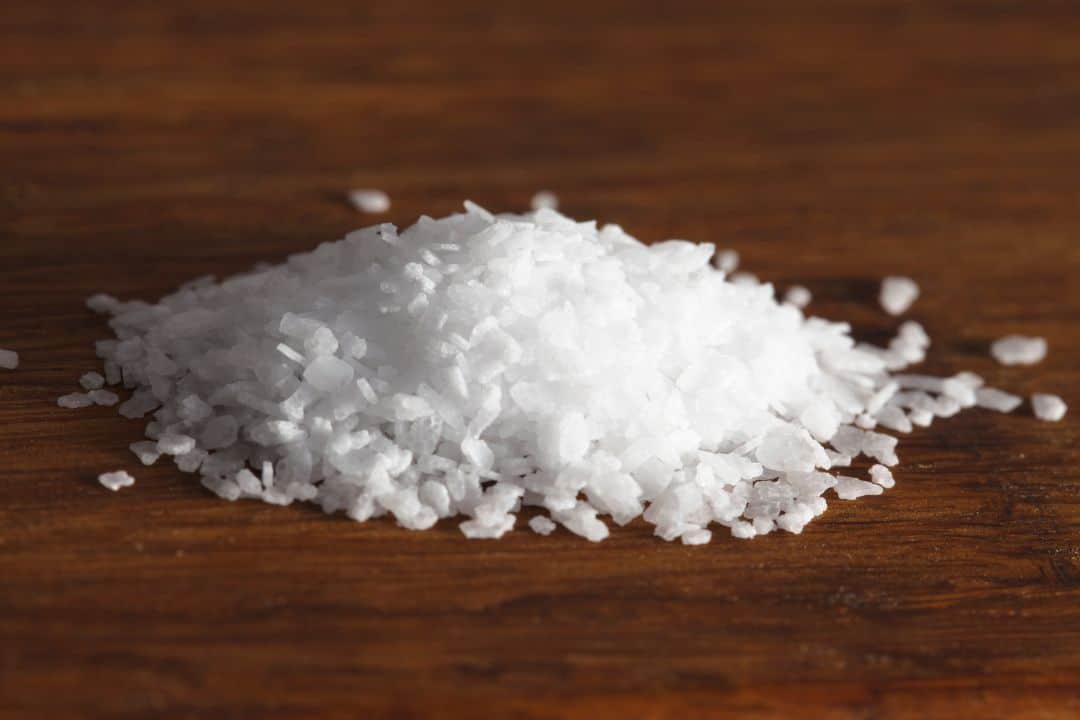
- Fennel seed: Adds a subtle licorice-like flavor that pairs exceptionally well with pork.
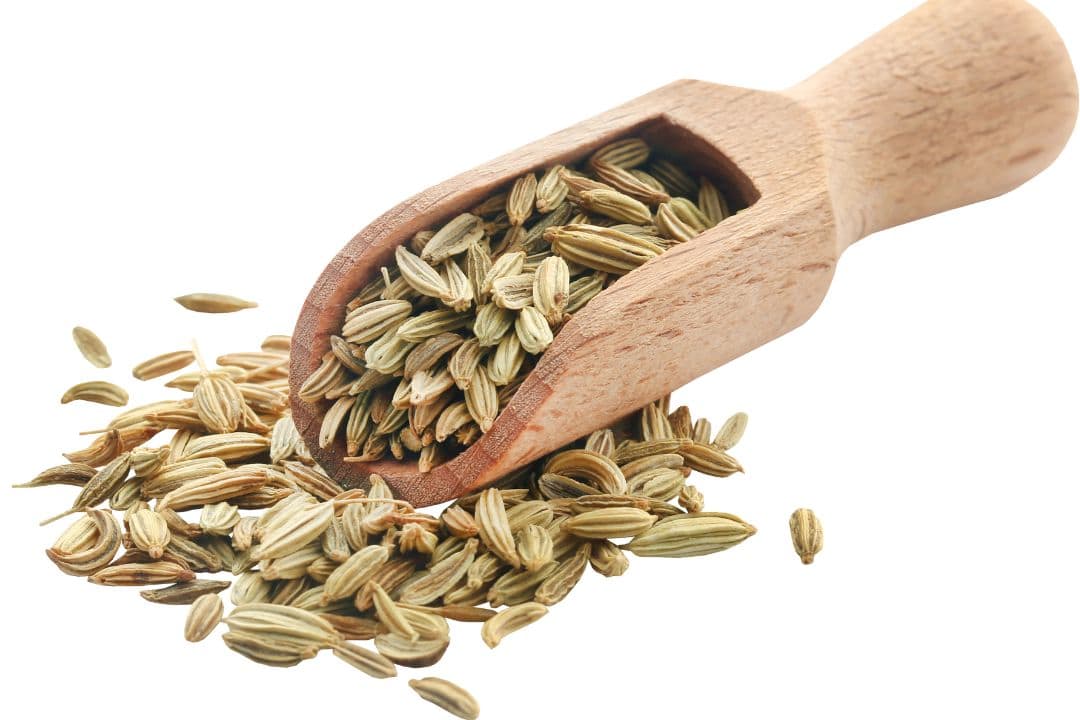
- Smoked paprika: Infuses a smoky flavor reminiscent of barbecued meats.
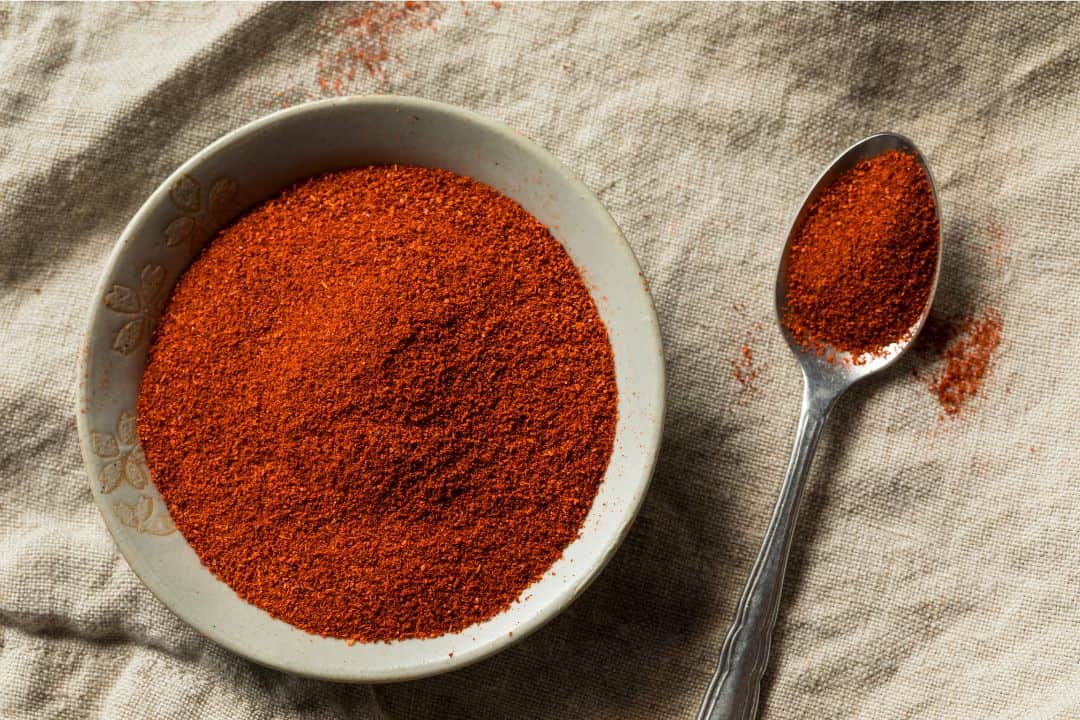
- Garlic powder: Brings out the savory notes and adds depth to the overall taste.
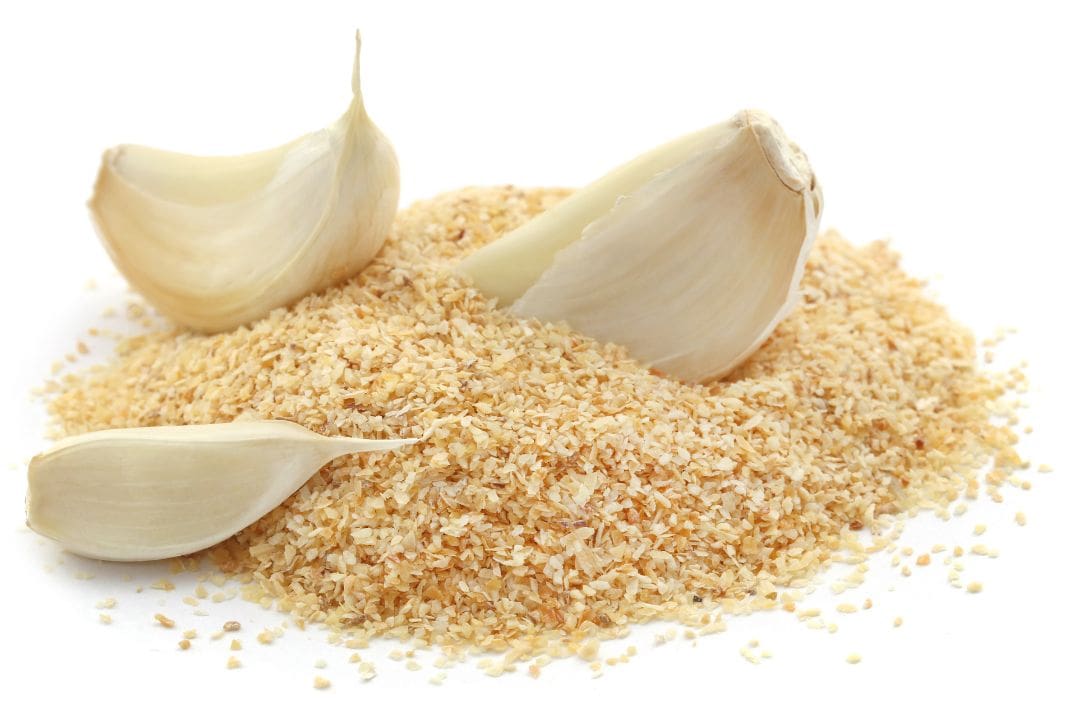
- Black pepper: Provides a mild, peppery kick that complements other flavors.
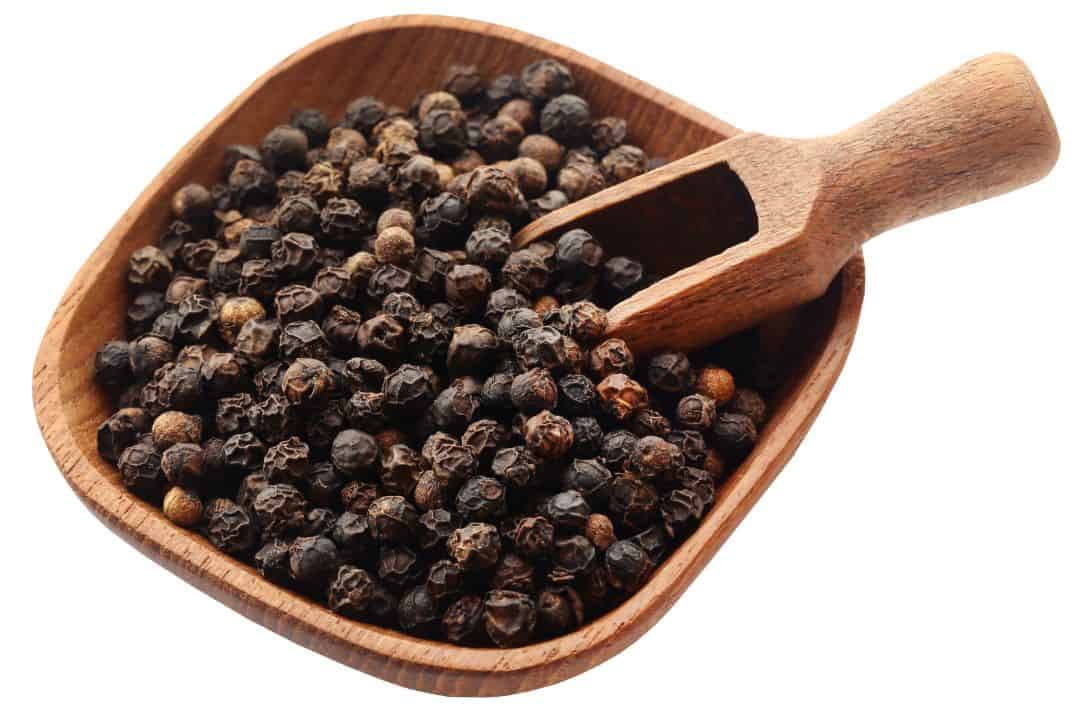
Mixing these seasonings in different ratios allows you to tailor the flavor profile according to your preferences. Start with small batches and adjust until you find your perfect blend.
Step-by-Step Instructions for Making Homemade Pork Snack Sticks
Making your work snack sticks at home is a rewarding and delicious endeavor. You can create mouthwatering snacks with the right ingredients and techniques for any occasion.
Follow this step-by-step guide to learn how to make the 10tenest homemade pork snack sticks.
Preparing the Meat Mixture
To begin, gather all the necessary ingredients and equipment:
- Ground pork
- Seasonings (such as salt, pepper, garlic powder, paprika)
- Cure (if desired)
- Casings
- Meat grinder with sausage stuffing attachment
- Mixing bowl
- Plastic wrap
Start by chilling the ground pork in the freezer for about 30 minutes. Cold meat will be easier to work with and maintain its texture during grinding. Once the pork is from the freezer plate, please place it in a mixing bowl.
Add your desired seasonings and mix thoroughly using your hands or a spoon. This step allows the flavors to blend evenly throughout the meat.
If you prefer cured snack sticks, now is the time to add a curing agent according to package instructions. Mix well to ensure even distribution of cure.
After seasoning, cover the bowl with plastic wrap and refrigerate for at least one hour or overnight if possible. This resting period allows the flavors to meld together while enhancing tenderness.
Stuffing the Casings for Uniform Sticks
Now that your meat mixture is ready, it’s time to stuff it into casings for those perfectly uniform snack sticks. Soak them in warm water according to package instructions until they become pliable.
Attach a sausage stuffing tube onto your meat grinder following manufacturer guidelines. Slide one end of a casing onto the sausage stuffer tube, leaving some overhang for later tying.
Begin feeding the meat mixture into the grinder, allowing it to fill the casing as you crank the handle. Use your other hand to guide and control the thickness of the snack sticks.
Continue stuffing until all the meat mixture has been used or the sired length is reached. Remember to leave some space at both ends of each stick for tying.
Essential Steps for Smoking or Baking the Snack Sticks
Now that your snack sticks are stuffed, it’s time to give them their signature smoky flavor: Preheat your smoker or oven according to recipe instructions or desired cooking method.
If using a smoker, arrange your snack sticks on racks, leaving space between each poster and proper airflow.
Place them on a wire rack set inside a baking sheet. For baking in an oven, insert a meat thermometer into one of the sticks, ensuring it doesn’t touch any bone or casing. If smoking, follow your smoker’s temperature and cocooning me guidelines on the type and thickness of your snack sticks.
Maintain a consistent smoking process throughout by adding wood chips as needed.
If baking in an oven, set it to the recommended temperature and bake until the internal temperature reaches 160°F (71°C) for fully cooked pork snacks. Once cooked, remove them from heat and cool them completely before enjoying these delectable homemade pork snack sticks.
Incorporating unique ingredients like cheese or jalapenos
One way to elevate the flavor profile is by combining individual elements, such as adding cheese or jalapenos, which can bring a delightful twist to the traditional recipe.
The creamy richness of cheese complements the savory pork, while the spicy kick of jalapenos adds an exciting element.
To incorporate these ingredients into your snack sticks, choose high-quality cheese that melts well, such as cheddar or pepper jack. Cut the cheese into small cubes or shred it, ensuring each piece will distribute evenly throughout the meat mixture.
Similarly, when using jalapenos, remove the seeds and membranes for milder heat or leave them intact for a spicier kick. Finely chop the jalapenos before adding them to the mix.
Including unique ingredients in your homemade pork snack sticks will create a burst of flavors that will impress anyone who takes a bite.
Marinating the meat to enhance flavor profiles
Marinating the meat is another technique that can significantly enhance the flavor of your homemade pork snack sticks. A marinade infuses the meat with additional seasonings and helps tenderize it, resulting in succulent and flavorful snacks.
To marinate your pork, prepare a mixture of herbs, spices, oils, and acids that complement each other and suit your peste preferences. For example:
- Create an Asian-inspired marinade combining soy sauce, ginger, garlic powder, honey, and sesame oil.
- Opt for a smoky barbecue flavor with paprika, brown sugar, and Worcestershire sauce.
- Experiment with Mediterranean flavors using oregano, lemon juice, zest, garlic cloves, and olive oil.
Once you’ve chosen your marinade recipe from the above examples or created your custom blend:
- Place your cubed pork pieces in a sealable plastic bag or airtight container.
- Pour the marinade over the meat, ensuring it is fully coated.
- Seal the bag or container and refrigerate for at least 2 hours, preferably overnight, allowing the flavors to penetrate the meat.
When you’re ready to make your snack sticks, remove the marinated pork from the refrigerator and let it come to room temperature before proceeding with your recipe. This step ensures even cooking and maximizes flavor retention.
Adjusting seasoning ratios to suit personal preferences
In addition to incorporating unique ingredients and marinating the meat, changing seasoning ratios is crucial for achieving personalized flavor profiles in your homemade pork snack sticks.
Everyone has different taste preferences for Spiciness, sweetness, or tanginess. You can create snack sticks uniquely suited to your palate by customizing these ratios according to your liking.
Here are some tips for adjusting seasoning ratios:
- Start with a base recipe with recommended salt, pepper, garlic powder, and onion powder.
- Gradually increase or decrease these seasonings until you achieve the desired taste.
- Don’t be afraid to experiment with additional herbs and spices such as paprika chili powder, cayenne pepper, and coriander.
Seasonings can intensify during cooking; starting with less is better, and adding more if needed.
Creating a Classic Pepperoni-Style Snack Stick
If you love pepperoni’s spicy and savory flavors, why not try making pepperoni-style snack sticks? Here’s how:
Start by mixing ground pork with your desired blend of spices. A combination of paprika, garlic powder, fennel seeds, crushed red pepper flakes, and black pepper can give your sticks an authentic pepperoni taste.
Add some diced or grated cheese to the mixture for an extra flavor. Mozzarella or cheddar works well in this recipe. Stuff the seasoned meat mixture into natural or collagen casings for that classic sausage-like appearance.
Smoke the snack sticks at a low temperature (around 180°F) for about 2 hours until they reach an internal temperature of 160°F.
Allow them to cool before enjoying these delectable homemade pepperoni-style snack sticks.
Trying Out Teriyaki or Barbecue-Flavored Options
Teriyaki or barbecue variations are worth exploring for those who crave sweet and tangy flavors in their pork snack sticks. Here’s how you can make them:
Prepare your favorite teriyaki marinade or barbecue sauce using soy sauce, honey, ginger, garlic powder (for teriyaki), ketchup (for barbecue), brown sugar, and Worcestershire sauce. Marinate the ground pork in your chosen sauce for at least an hour, allowing the flavors to infuse into the meat.
Once cooked, let them rest for a few minutes before indulging in these irresistible teriyaki or barbecue-flavored homemade pork snack sticks.
Stuff the marinated meat mixture into collagen casings or natural casings. Smoke the snack sticks at a slightly higher temperature (around 200°F) until they reach an internal temperature of 160°F
Adapting Recipes for Those Who Prefer Milder Tastes
Not everyone enjoys bold and intense flavors, so it’s essential to have options that cater to milder taste preferences. Here are some tips on adapting recipes:
Reduce or omit spices like crushed red pepper flakes and black pepper for a less spicy version. Experiment with different herbs and seasonings, such as rosemary, thyme, or sage, to add subtle flavors without overpowering the taste buds.
Use a milder barbecue sauce or teriyaki marinade by adjusting the amount of spice and sweetness according to personal preference.
You can ensure everyone can enjoy these homemade pork snack sticks by adapting recipes to suit different tastes.
Sourcing High-Quality Ingredients and Equipment
Sourcing high-quality ingredients and equipment is crucial. The taste and texture of your final product will greatly depend on the ingredients you use and the tools you have at hand.
Importance of using fresh, lean pork cuts
The key to creating delicious homemade pork snack sticks is using fresh and lean cuts of pork. Head to a trusted local butcher or grocery store specializing in quality meats.
Look for cuts like pork shoulder or loin, known for their tenderness and rich flavor. Avoid using fatty cuts as they can result in greasy snack sticks.
Recommendations for reliable spice suppliers
Sourcing spices from reliable suppliers is crucial to achieving mouthwatering flavors in your homemade snack sticks. Seek out specialty stores or online retailers offering a wide range of high-quality herbs designed for sausage making.
Look for spice blends that complement the natural taste of pork while adding depth and complexity to your snack sticks.
Investing in a quality meat grinder and sausage stuffer
Having the right equipment is essential for successful homemade snack stick production. Invest in a quality meat grinder with various settings to control the grind’s coarseness.
This ensures proper protein extraction during mixing, ensuring consistent texture throughout your snack sticks.
Consider purchasing a sausage stuffer that makes filling casings easier and more efficient. A sound meat mixer can also be beneficial, ensuring all the ingredients are thoroughly combined before processing.
Once you have sourced your ingredients and equipment, it’s time to start crafting those delectable homemade pork snack sticks! Follow these steps:
Prepare your ingredient list: Gather all necessary spices, seasonings, casings, and other additives according to your recipe. Grind the meat: Cut the pork into smaller pieces and pass it through the grinder using a medium-sized grinder plate.
Processing and cooking: Hang the stuffed snack sticks in a cool, dry place for about an hour to allow them to develop a protective outer layer called a pellicle. Preheat your oven to a high temperature (around 175-200°F) and bake until they reach an internal temperature of 160°F.
Cooling and storage: Let the snack sticks cool completely before transferring them to the fridge after cooking. This helps enhance their texture and flavor.
By sourcing high-quality ingredients like fresh lean pork cuts from trusted suppliers, investing in reliable spice sources, and top-notch equipment like meat grinders and sausage stuffers, you’re well on your way to creating mouthwatering homemade pork snack sticks that will leave everyone craving more!
Troubleshooting common issues during the process
Making homemade pork snack sticks can be a rewarding experience, but it’s not without challenges. If you encounter any issues along the way, don’t fret! Here are some common problems you might come across and how to troubleshoot them:
Dry texture: If your snack sticks turn out dry, it could be due to insufficient fat content in the meat mixture. Ensure you use a good ratio of lean meat to fat when preparing your sausage.
Lack of flavor: Sometimes, despite using quality ingredients, your snack sticks may lack flavor. One solution is experimenting with different seasonings or marinades to enhance the taste. Add sauces or spices to the meat mixture for an extra kick.
Casings bursting: Casings bursting during cooking can be frustrating. This usually happens when there is too much pressure inside the case or if it is overstuffed. Make sure to use an appropriate sausage stuffer and avoid overfilling the casings.
Safety guidelines when handling raw meat
When working with raw meat, it’s crucial to prioritize safety to prevent any potential health risks. Here are some essential guidelines to follow:
- Cleanliness: Before starting, ensure that all utensils, cutting boards, and surfaces are thoroughly cleaned and sanitized to minimize cross-contamination.
- Proper storage: Store raw meat at safe temperatures (below 40°F) until ready to use it. This prevents bacterial growth that could lead to foodborne illnesses.
- Cooking temperature: It’s essential to cook pork snack sticks thoroughly to eliminate harmful bacteria in the meat. Use a reliable food thermometer to ensure the internal temperature reaches at least 160°F.
Remember, making the best homemade pork snack sticks takes practice and patience. By troubleshooting common issues, prioritizing safety, and tapping into the wisdom of online communities, you’ll be well on your way to creating delicious sausages that will impress everyone with their flavor and texture.
Mastering the Art of Homemade Pork Snack Sticks
Congratulations! You’ve now mastered the art of making homemade pork snack sticks. With the knowledge you’ve gained from this blog post, you’re well on your way to creating delicious and flavorful snacks that will impress your friends and family.
But don’t stop here – continue experimenting with different seasonings, flavors, and techniques to make these snack sticks your own.
Now that you have a solid foundation in homemade pork snack stick making, it’s time to implement your new skills. Gather ingredients and equipment, follow the step-by-step instructions, and let your creativity shine.
Remember to source high-quality ingredients for the best results. Whether you prefer classic flavors or want to explore unique variations, there’s no limit to what you can achieve with homemade pork snack sticks.
The Evolution of Pork Snack Sticks: A Delicious Journey
The history of snack sticks traces back to ancient times when preserving meat was essential. Venison snack sticks were among the earliest, showcasing the innovative use of game meat.
Our ancestors found that adding cold water to the meat block and combining it with dry ingredients could create a shelf-stable, delicious snack for sustenance on long journeys.
As time progressed, the introduction of pork fat transformed the texture of these snacks. The fat ratio with lean venison or wild game was adjusted to achieve the highest quality finished product.
In addition, encapsulated citric acid was introduced, revolutionizing the tangy flavor profile we associate with products like Slim Jim today.
Road trips in the 20th century saw a rise in the popularity of these protein snacks. Families would package snack sticks using aluminum foil or, later on, vacuum packing, ensuring the great treats remained fresh for the duration of their journey.
With the rise of DIY culture, many started making their snack sticks. Pork shoulder meat became a favored choice. The introduction of tools like the jerky gun made the process easier.
However, one had to ensure the internal temperature of the snack sticks reached a safe temp, safeguarding against microbial growth.
As the cooking process evolved, so did the recipes. Green chilis, jalapeno pepper, and cheddar cheese were added for extra flavors. A recipe might involve a combination of spices, including ground mustard and mustard seed.
Some even included a teaspoon of liquid smoke or natural spice extractive for that distinct smoky flavor.
Innovation didn’t stop there. To prevent case hardening, it was essential to maintain smoker temps within a specific temperature range. This ensured that the meat temperature rise was gradual, preventing the formation of air pockets.
The first time someone used edible collagen casing must have been revolutionary. It made for a more uniform-inch snack stick and protected the meat during cooking.
Today, making a batch of snack sticks is seen as an art and a science. It requires hard work, careful measurement of ingredients like Prague powder (sodium nitrate ), and precise cooking instructions.
The result, however, is a great snack that has stood the test of time.
FAQs: Pork Snack Sticks Recipe
Can I use beef instead of pork for snack stick recipes?
👉 Yes! While this blog post focuses on pork snack sticks, you can easily substitute beef or mix different meats for a customized flavor profile. Just ensure the meat is ground correctly and follow the same steps outlined in the recipe.
How long do homemade pork snack sticks last?
👉 When appropriately stored in an airtight container in the refrigerator, homemade pork snack sticks can last up to two weeks. If you’d like them to last longer, consider vacuum-sealing and freezing them for extended shelf life.
Can I adjust the seasoning levels according to my taste preferences?
👉 Absolutely! The beauty of making homemade pork snack sticks is that you have complete control over the seasoning levels. Feel free to increase or decrease certain spices based on your taste preferences until you find your perfect balance of flavors.
Are there any alternatives for natural casings?
👉 If natural casings are not readily available or prefer an alternative option, you can use collagen or even edible synthetic casings. These alternatives are easier to work with and still provide a great texture to your snack sticks.
Can I add cheese or other ingredients to my pork snack sticks?
👉 Add cheese, jalapenos, or other ingredients to your pork snack stick mixture. Ensure the additional ingredients are finely diced and evenly distributed throughout the meat mixture for consistent flavor in each bite.

Born and raised in a family of foodies, Georgia’s passion for cuisine was nurtured from a young age as she learned the intricacies of flavor and texture from her grandmother’s kitchen. As an adult, this early fascination blossomed into a full-fledged love affair with the culinary world.








